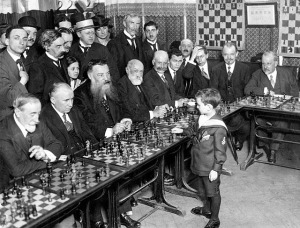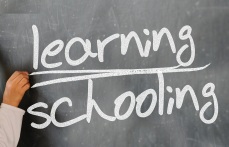Mobile Learning and Instructional Design?
by Mark Sivy
Mobile learning is an integral part of daily life and should be part of your instructional design palette. It’s not intended or expected to be THE answer to current issues surrounding learning, but rather can address certain needs. Mobile learning is a subset of online learning, which is a subset of online learning. Think of mobile learning as on-demand, in-the-moment, chunked learning that occurs through connections made using mobile digital devices such as smartphones and tablets. An example of mobile learning would be a homeowner using a smartphone to identify an unknown caterpillar and find the most current information about natural means of pest control. From my perspective, mobile learning allows us to address memory lapses, fill knowledge gaps, and support formal learning processes.
Mobile Learning Benefits
- Occurs on readily available, easy-to-carry portable devices.
- Fits into personal needs more easily and quickly than traditional or online learning.
- Can be self-directed and self-paced, thus allowing learners the opportunity to speed up, slow down, and review content at an individual pace or as needed.
- Improves self-esteem and self-efficacy.
- Decreases training costs.
- Empowers the learner to take more responsibility for their learning.
- Accommodates personal preferences.
- Can be learner-centered by diversifying learning activities.
- Allows learners to overcome geographic barriers.
- Compensates for personal restrictions, challenges, or limitations.
- Facilitates immediate learner collaboration and communication.
- Can be used to create peer community and support which enhance learning.
- Allows for broader learning opportunities and course options at a lower cost to the learner.
- Enables global awareness, community, networking and resources.
- Provides tools which allow for tracking, analyzing, reporting, and improving instruction and learning.
Mobile Learning Challenges
- There is a problem developing learning content and programs across multiple operating systems, screen sizes, and device capabilities
- Learners who procrastinate or are poorly self-motivated be disadvantaged and less likely to succeed.
- Non-verbal communication such as body language, facial expressions, and eye contact will typically be missing.
- Addressing policies, procedures, compliance requirements, technology application updates, and business updates.
- Barriers can exist initially for learners due to the need for new skills which are associated with using technologies and new ways of learning.
- It is more difficult to interact or communicate with individuals who tend to be unresponsive.
- Learners may miss face-to-face social contact and interaction, can feel isolated, or may need in-person instructor-learner interaction.
- Subject matter experts or instructors may not always be available on demand.
- Slow or unreliable network or wireless connections can present issues and frustration.
- It often requires a difficult change in attitudes and beliefs by leaders, learners, instructors, and instructional designers.
- There is a reduction in opportunities to develop oral communication skills and other social dynamics.
Final Words
As an instructional designer, you can incorporate mobile learning into your arsenal of strategies. Keep in mind these advantages and drawbacks as you decide whether or not to use it as part of a project. Additionally since the screen size of mobile devices vary greatly, you’ll need to keep this in mind as you use responsive design in creating your content. Some software, such as Adobe Captivate 8, are now stepping up to the mobile learning plate by incorporating this as part of their tool.
Reflection Point – “Instructional designers need to run, not walk, away from classroom-thinking and get to the point of providing short, quick business focused learning points that are easily accessible when and where our learners need them. This means leveraging new technologies to deliver non-traditional instruction.” ~ Karl Kapp








